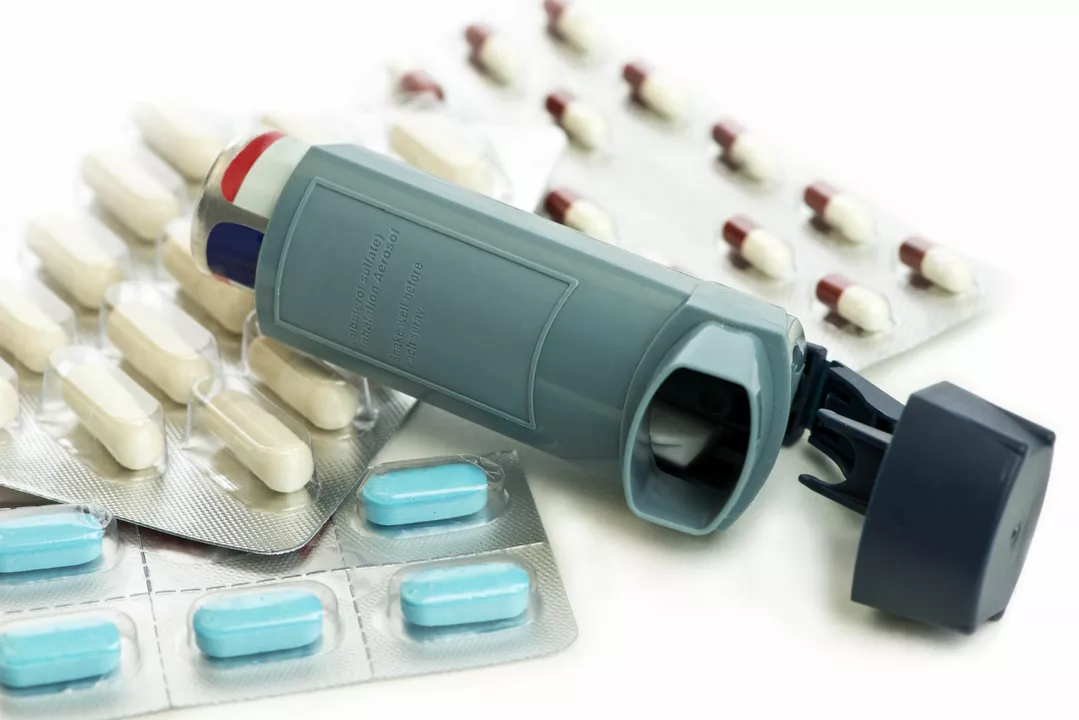Asthma Medication: What Works, When to Use It
Nothing beats the panic of sudden wheeze or tight chest. Knowing the right asthma medication — and how to use it — can stop symptoms fast and keep you out of the ER. Below I’ll lay out the main options, how they work, and quick tips you can use today.
Asthma drugs fall into two big groups: rescue meds for sudden symptoms and controller meds to prevent attacks. Rescue medicines act fast. Controller medicines work over days or weeks to lower inflammation and reduce flare-ups. You usually need both types to stay stable.
Rescue vs. Controller: What to expect
Rescue inhalers (short-acting bronchodilators) — albuterol/salbutamol — open airways within minutes. Use one or two puffs for wheeze or sudden breathlessness. Common side effects are a racing heart and tremor; they’re temporary. If you rely on rescue inhalers several times a week, your asthma isn’t controlled and you should see your clinician.
Controller medicines include inhaled corticosteroids (fluticasone, budesonide), long-acting bronchodilators (formoterol, salmeterol), and combo inhalers that mix both. Controllers reduce airway inflammation so attacks happen less often. Take them daily as prescribed — skipping doses makes them less effective.
Other options: leukotriene modifiers (montelukast) are pills that help some people, especially with allergies. Tiotropium (a LAMA) can help older teens and adults with persistent symptoms. For severe asthma, biologic injections (omalizumab, mepolizumab and others) target specific immune pathways — these are given by specialists. Oral steroids are powerful for bad flare-ups but carry risks if used long-term (weight gain, bone issues, blood sugar changes), so doctors try to limit them.
Quick, practical tips for using inhalers
Use a spacer with a pMDI if you can — it boosts drug delivery and cuts throat irritation. For press-and-breathe inhalers: shake, breathe out, press once while inhaling slowly, hold for 5–10 seconds, then exhale. For dry-powder inhalers: breathe out first, then inhale fast and deep. Rinse your mouth after inhaled steroids to avoid thrush. Check dose counters and replace inhalers before they run out.
Watch for warning signs: needing rescue inhaler more than twice a week, waking at night with symptoms, or reduced ability to exercise. Any of these mean your plan likely needs change. Also tell your doctor about other meds — beta-blockers can blunt bronchodilators, and some people on montelukast report mood changes.
Make an action plan with your clinician, track your symptoms or peak flow, and ask your pharmacist about generics and cost-saving options. Asthma control is a team effort — the right meds plus good technique and a clear plan make daily life easier and safer.
- Colin Hurd
- Apr, 27 2023
- 6 Comments
Albuterol Myths Debunked: Common Misconceptions about This Asthma Medication
As someone who has asthma, I often hear a lot of misconceptions about Albuterol, a medication that I use regularly. I decided it was time to debunk some of these myths to help others better understand this essential treatment. First, Albuterol is not addictive; it simply helps to relieve asthma symptoms. Second, it doesn't lose its effectiveness with time, but it's crucial to use it only as prescribed. Lastly, while Albuterol can cause side effects like increased heart rate or jitteriness, these are usually temporary and should not prevent you from using the medication when needed.

